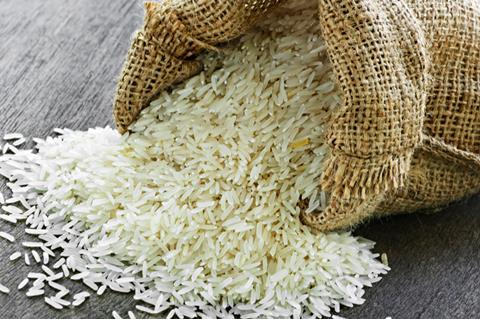
Rice is facing further price hikes in the coming months as it becomes the latest crop threatened by drought in Europe.
Rice prices have shot up in the past year and it is now on average 23% more expensive in British supermarkets than a year ago, according to the Grocer’s analysis of Assosia data.
This was largely driven by poor weather in major rice-producing countries like China and Pakistan, which is set to cause the largest shortfall for two decades later this year, a report by Fitch Solutions said last month.
Scorching weather in Spain now looks set to add to the pressure, with the country currently experiencing temperatures of up to 40°C and the region of Catalonia in its worst drought for 70 years.
“Rice is traditionally planted now, but with a lack of water and increased heat, farmers are talking about switching to less water-intensive and hardy crops like olive trees and soya”, said Jason Bull, director of Eurostar Commodities.
Spain is the second largest producer of rice in Europe, and the fifth largest exporter of rice to the UK. The impact will be particularly felt in long grain rice, for which Spain is a key exporter to the UK.
Monsoon
Rice prices are high across the world, with Indian rice up 21% compared with this time last year, Mintec said. While prices have eased slightly in the past few weeks, the El Niño weather event could influence the summer monsoon and hurt production.
Vietnamese rice prices are also expected to remain high. “Vietnamese rice prices are expected to remain at elevated levels in the short term, as global economic and political uncertainties have prompted countries to increase their food reserves,” said Mintec.
According to The Grocer’s Key Value Items tracker, the price of own label basmati rice is up by an average of 26% year on year.
Spain’s fall in production would have a knock-on effect for prices worldwide, according to Bull. “This puts more demand on to non-EU crops from further abroad and is increasing prices also there, leading to worldwide and sustained price increases,” he said.
There have been warnings that extreme weather events in Europe are the result of climate change and rice production will have to change in order to survive, said Jon Calland, head of sustainability and external affairs at Tilda.
“Climate change means we must find both drought and flood-resistant rice varieties, as well as more sustainable farming practices if we are to adapt to the more extreme weather conditions we are witnessing around the world.”
Speaking on olive oil last month Fillipo Berrio CEO Walter Zanre agreed that climate change was playing a key role in the bad weather.
“There is no question that climate change has hit us,” he said. “I can’t see the weather situation in southern Spain and southern Italy changing over the next few years.”
Poor weather conditions have hit numerous foods in recent months, with farmers of olive oil, onions and sugar all suffering with reduced crops.







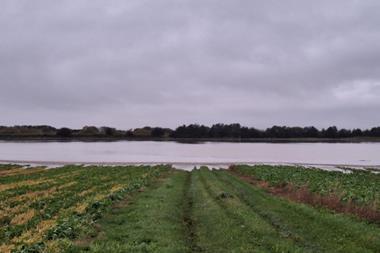
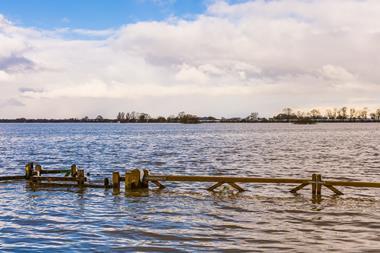


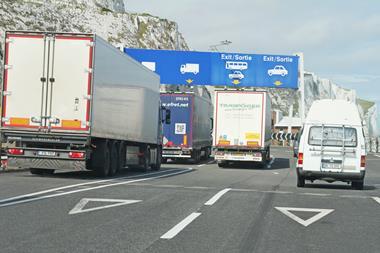

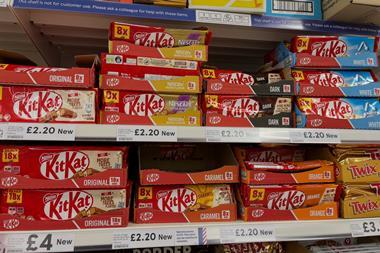


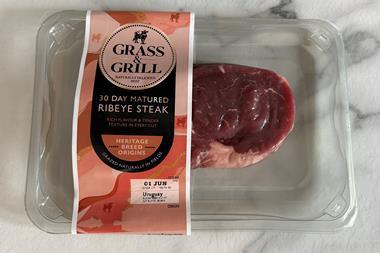
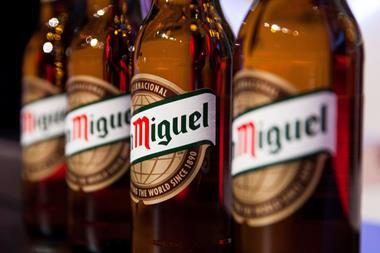
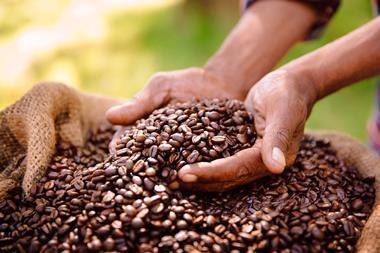
No comments yet